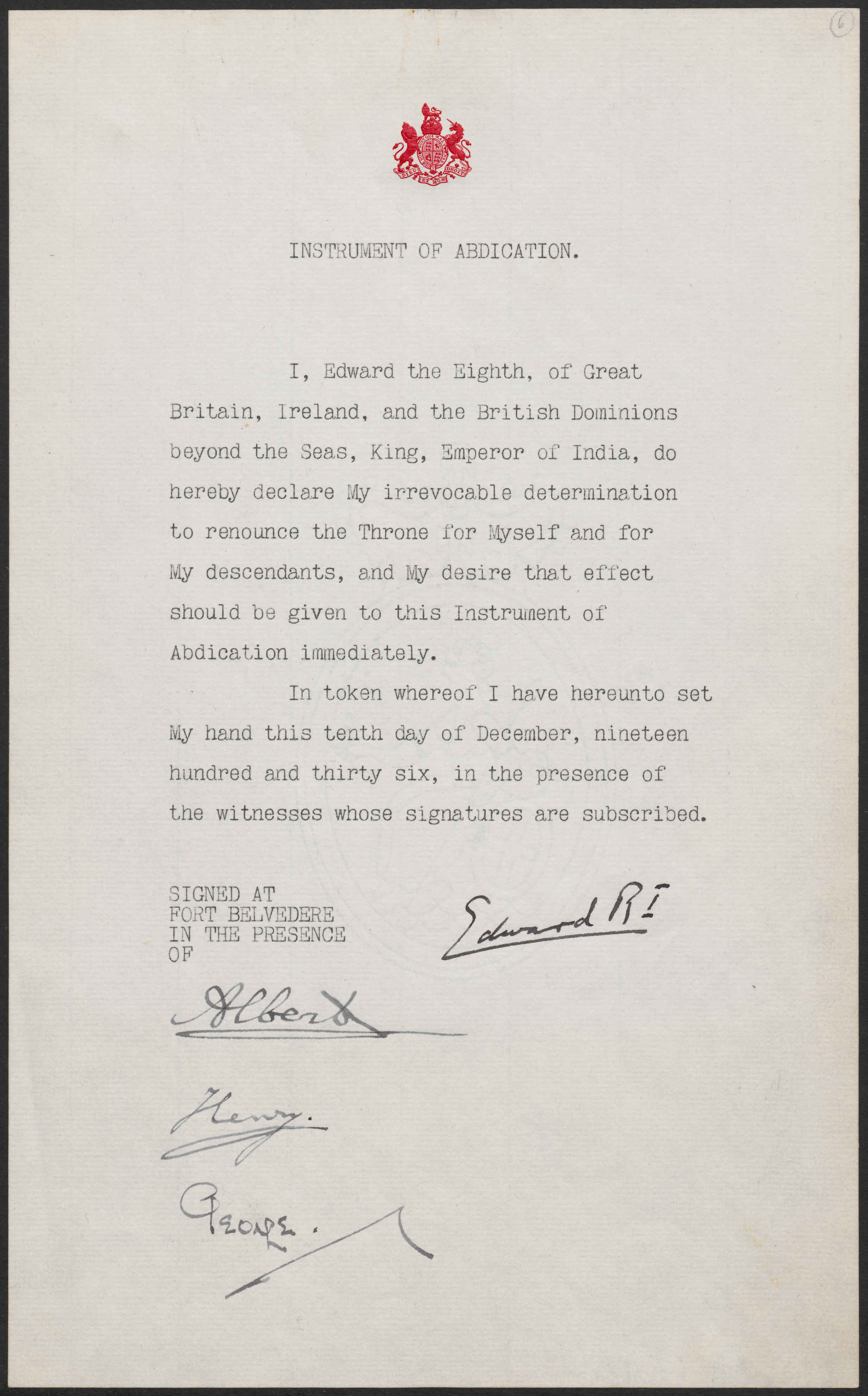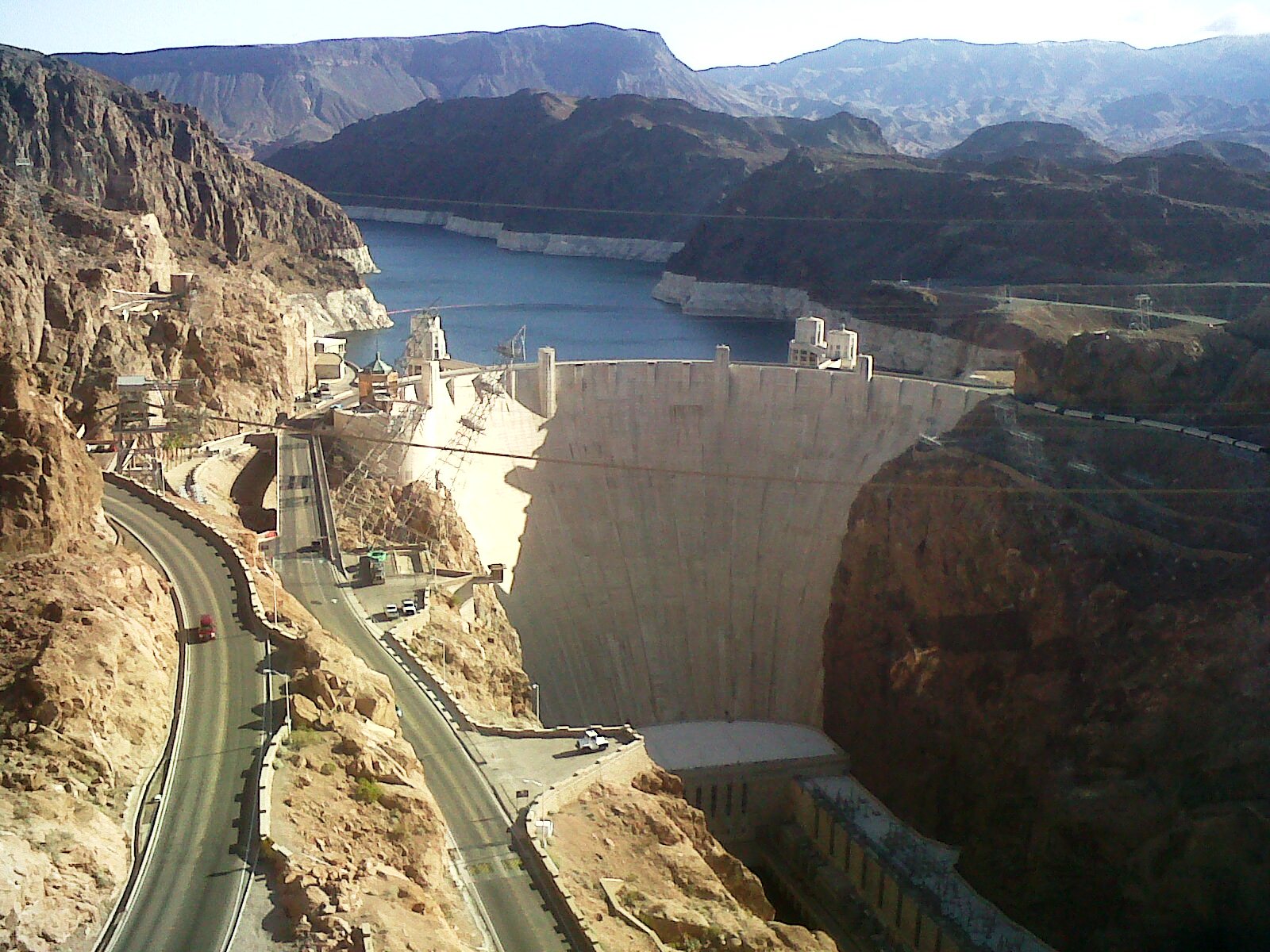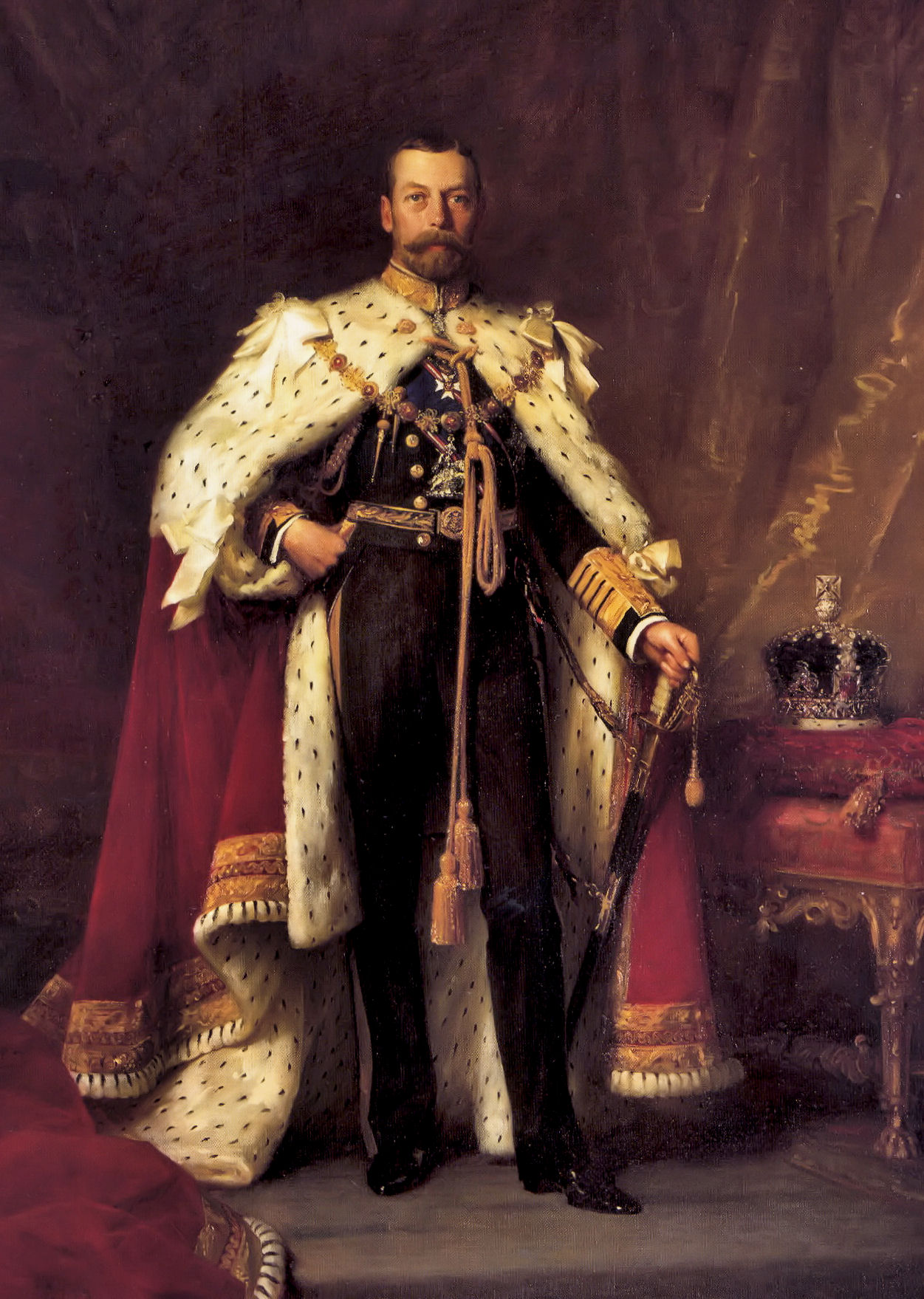|
Executive Authority (External Relations) Act 1936
The Executive Authority (External Relations) Act 1936 (No. 58 of 1936) was an Act of the Oireachtas (Irish parliament). The Act, which was signed into law on 12 December 1936, was one of two passed hurriedly in the aftermath of the Edward VIII abdication crisis to sharply reduce the role of the Crown. It is also sometimes referred to as the External Relations Act. Background and provisions of the Act Under the Constitution of the Irish Free State as originally enacted, the executive authority of the Irish Free State was declared to be vested in the King and declared to be exercisable by the Governor-General as representative of the Crown. But the 1932 Irish general election was won by Fianna Fáil, led by Éamon de Valera and other republicans who had opposed the monarchial elements in the constitution, and part of their programme aimed to reduce the role and visibility of the monarch in Irish political life. In the aftermath of King Edward VIII's signing of an Instrument of ... [...More Info...] [...Related Items...] OR: [Wikipedia] [Google] [Baidu] |
Oireachtas Of The Irish Free State
The Oireachtas of the Irish Free State ( ga, Oireachtas Shaorstát Éireann) was the legislature of the Irish Free State from 1922 until 1937. It was established by the 1922 Constitution of Ireland which was based from the Anglo-Irish Treaty. It was the first independent Irish Parliament officially recognised outside Ireland since the historic Parliament of Ireland which was abolished with the Acts of Union 1800. The Parliament was bicameral, consisting of Dáil Éireann (the lower house, also known as the Dáil) with 153 seats and Seanad Éireann (the upper house; also known as the Seanad) with 60 seats). The Seanad was abolished on 29 May 1936, and from then until its abolition the Oireachtas was unicameral. The King, who was officially represented by the Governor-General, was also a constituent part of the Oireachtas. The Oireachtas of the Irish Free State was disbanded by the 1937 Constitution of Ireland which created the modern Oireachtas. Like the modern Oireachtas, the ... [...More Info...] [...Related Items...] OR: [Wikipedia] [Google] [Baidu] |
Chief Justice Of Ireland
The Chief Justice of Ireland ( ga, Príomh-Bhreitheamh na hÉireann) is the president of the Supreme Court of Ireland. The chief justice is the highest judicial office and most senior judge in Ireland. The role includes constitutional and administrative duties, in addition to taking part in ordinary judicial proceedings. The current chief justice is Donal O'Donnell. Background The Chief Justice of the Supreme Court was created under the Courts of Justice Act 1924. Before 1922 the Lord Chancellor of Ireland was the highest judicial office in Ireland. Between 1922 and 1924, the Lord Chief Justice of Ireland was the most senior judge in the Irish Free State. The Supreme Court sits in the Four Courts. When the Supreme Court sits, as it mostly does, in two chambers, the second chamber sits in the Hugh Kennedy Court, named after the first Chief Justice. Appointment and tenure The position of chief justice is filled following the nomination by the cabinet of the Irish government ... [...More Info...] [...Related Items...] OR: [Wikipedia] [Google] [Baidu] |
Abdication Of Edward VIII
In early December 1936, a constitutional crisis in the British Empire arose when King-Emperor Edward VIII proposed to marry Wallis Simpson, an American socialite who was divorced from her first husband and was pursuing the divorce of her second. The marriage was opposed by the governments of the United Kingdom and the Dominions of the British Commonwealth. Religious, legal, political, and moral objections were raised. As the British monarch, Edward was the nominal head of the Church of England, which at this time did not allow divorced people to remarry in church if their ex-spouses were still alive. For this reason, it was widely believed that Edward could not marry Simpson and remain on the throne. As a twice-divorced woman, Simpson was perceived to be politically, morally and socially unsuitable as a prospective queen consort. It was widely assumed by the Establishment that she was driven by love of money or position rather than love for the King. Despite the opposition, ... [...More Info...] [...Related Items...] OR: [Wikipedia] [Google] [Baidu] |
Acts Of The Oireachtas Of The 1930s
The Acts of the Apostles ( grc-koi, Πράξεις Ἀποστόλων, ''Práxeis Apostólōn''; la, Actūs Apostolōrum) is the fifth book of the New Testament; it tells of the founding of the Christian Church and the spread of its message to the Roman Empire. It gives an account of the ministry and activity of Christ's apostles in Jerusalem and other regions, after Christ's death, resurrection, and ascension. Acts and the Gospel of Luke make up a two-part work, Luke–Acts, by the same anonymous author. It is usually dated to around 80–90 AD, although some scholars suggest 90–110. The first part, the Gospel of Luke, tells how God fulfilled his plan for the world's salvation through the life, death, and resurrection of Jesus of Nazareth. Acts continues the story of Christianity in the 1st century, beginning with the ascension of Jesus to Heaven. The early chapters, set in Jerusalem, describe the Day of Pentecost (the coming of the Holy Spirit) and the growth of the chur ... [...More Info...] [...Related Items...] OR: [Wikipedia] [Google] [Baidu] |
1936 In Irish Law
Events January–February * January 20 – George V of the United Kingdom and the British Dominions and Emperor of India, dies at his Sandringham Estate. The Prince of Wales succeeds to the throne of the United Kingdom as King Edward VIII. * January 28 – Britain's King George V state funeral takes place in London and Windsor. He is buried at St George's Chapel, Windsor Castle * February 4 – Radium E (bismuth-210) becomes the first radioactive element to be made synthetically. * February 6 – The 1936 Winter Olympics, IV Olympic Winter Games open in Garmisch-Partenkirchen, Germany. * February 10–February 19, 19 – Second Italo-Ethiopian War: Battle of Amba Aradam – Italian forces gain a decisive tactical victory, effectively neutralizing the army of the Ethiopian Empire. * February 16 – 1936 Spanish general election: The left-wing Popular Front (Spain), Popular Front coalition takes a majority. * February 26 – February 26 Inci ... [...More Info...] [...Related Items...] OR: [Wikipedia] [Google] [Baidu] |
1936 In International Relations
Events January–February * January 20 – George V of the United Kingdom and the British Dominions and Emperor of India, dies at his Sandringham Estate. The Prince of Wales succeeds to the throne of the United Kingdom as King Edward VIII. * January 28 – Britain's King George V state funeral takes place in London and Windsor. He is buried at St George's Chapel, Windsor Castle * February 4 – Radium E (bismuth-210) becomes the first radioactive element to be made synthetically. * February 6 – The 1936 Winter Olympics, IV Olympic Winter Games open in Garmisch-Partenkirchen, Germany. * February 10–February 19, 19 – Second Italo-Ethiopian War: Battle of Amba Aradam – Italian forces gain a decisive tactical victory, effectively neutralizing the army of the Ethiopian Empire. * February 16 – 1936 Spanish general election: The left-wing Popular Front (Spain), Popular Front coalition takes a majority. * February 26 – February 26 Inci ... [...More Info...] [...Related Items...] OR: [Wikipedia] [Google] [Baidu] |
Irish Statute Book
The Irish Statute Book, also known as the electronic Irish Statute Book (eISB), is a database produced by the Office of the Attorney General of Ireland. It contains copies of Acts of the Oireachtas and statutory instruments.electronic Irish Statute Book (eISB) . Office of the Attorney General from the original by . It also contains a Legislation Directory which includes chronological tables of pre-1922 legislation. [...More Info...] [...Related Items...] OR: [Wikipedia] [Google] [Baidu] |
Irish Head Of State From 1936 To 1949
The state known today as Ireland is the successor state to the Irish Free State, which existed from December 1922 to December 1937. At its foundation, the Irish Free State was, in accordance with its constitution and the terms of the Anglo-Irish Treaty, governed as a constitutional monarchy, in personal union with the monarchy of the United Kingdom and other members of what was then called the British Commonwealth. The monarch as head of state was represented in the Irish Free State by his Governor-General, who performed most of the monarch's duties based on the advice of elected Irish officials. The Statute of Westminster, passed in 1931, granted expanded sovereignty to the Dominions of the British Commonwealth, and permitted the Irish state to amend its constitution and legislate outside the terms of the Treaty. The Executive Authority (External Relations) Act 1936, enacted in response to the abdication of Edward VIII, removed the role of the monarch for all internal purposes, ... [...More Info...] [...Related Items...] OR: [Wikipedia] [Google] [Baidu] |
The Republic Of Ireland Act 1948
The Republic of Ireland Act 1948 (No. 22 of 1948) is an Act of the Oireachtas which declared that the description of Ireland was to be the Republic of Ireland, and vested in the president of Ireland the power to exercise the executive authority of the state in its external relations, on the advice of the Government of Ireland. The Act was signed into law on 21 December 1948 and came into force on 18 April 1949, Easter Monday, the 33rd anniversary of the beginning of the Easter Rising. The Act ended the remaining statutory role of the British monarchy in relation to Ireland, by repealing the 1936 External Relations Act, which had vested in George VI, in his capacity as a symbol of the cooperation of the nations that were members of the Commonwealth with which Ireland associated itself, and his successors those functions which the Act now transferred to the President. Text of Act The Republic of Ireland Act consists of five brief sections, set out in full as follows: British ... [...More Info...] [...Related Items...] OR: [Wikipedia] [Google] [Baidu] |
Attorney General Of Ireland
The Attorney General of Ireland ( ga, An tArd-Aighne) is a constitutional officer who is the legal adviser to the Government and is therefore the chief law officer of the State. The attorney general is not a member of the Government but does participate in cabinet meetings when invited and attends government meetings. The current attorney general is Rossa Fanning, SC. Overview The office and functions of the attorney general are outlined in Article 30 of the Constitution of Ireland. The attorney general has always been a barrister rather than a solicitor, although this is not a requirement for the post. In cases where a barrister nominated by the Taoiseach to be the attorney general was not a senior counsel at the time, the government of the day has made them one first, as occurred in the cases of John Rogers BL and John M. Kelly BL. The attorney general advises the Government on the constitutionality of bills and treaties, and presents the Government's case if the Presiden ... [...More Info...] [...Related Items...] OR: [Wikipedia] [Google] [Baidu] |
Patrick Lynch (Irish Attorney General)
Patrick Lynch (10 February 1866 – 9 December 1947) was an Irish barrister who served as Attorney General of Ireland from 1936 to 1941. He was also a Senator for the Labour Panel from 1934 to 1936. A member of the Irish Parliamentary Party, he took the Parnellite side when that party split. He was an unsuccessful Irish Parliamentary Party candidate in the East Clare by-election in 1917, losing to Éamon de Valera. He joined Sinn Féin within a year. He opposed the Anglo-Irish Treaty in 1922. He became a King's Inns bencher in 1925. In a Seanad Éireann by-election held on 28 September 1934, he was elected as a Fianna Fáil Senator, to fill the vacancy caused by the resignation of Arthur Vincent, serving until the body's abolition in 1936. He was Attorney General of Ireland from 1936 to 1937 and reappointed under the new Constitution, serving from 1937 to 1940. Maurice Healy in his memoir "The Old Munster Circuit" praised Lynch's outstanding integrity and strength of charact ... [...More Info...] [...Related Items...] OR: [Wikipedia] [Google] [Baidu] |
High Court (Ireland)
The High Court ( ga, An Ard-Chúirt) of Ireland is a court which deals at first instance with the most serious and important civil and criminal cases. When sitting as a criminal court it is called the Central Criminal Court and sits with judge and jury. It also acts as a court of appeal for civil cases in the Circuit Court. It also has the power to determine whether or not a law is constitutional, and of judicial review over acts of the government and other public bodies. Structure The High Court is established by Article 34 of the Constitution of Ireland, which grants the court "full original jurisdiction in and power to determine all matters and questions whether of law or fact, civil or criminal", as well as the ability to determine "the validity of any law having regard to the provisions of this Constitution". Judges are appointed by the President. However, as with almost all the President's constitutional powers, these appointments are made on "the advice of the Governm ... [...More Info...] [...Related Items...] OR: [Wikipedia] [Google] [Baidu] |


.jpg)


